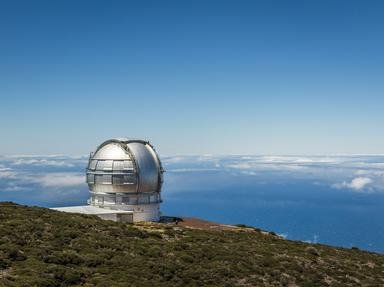Quiz Answer Key and Fun Facts
1. During the 3rd Century B.C., the Earth's circumference was estimated to be 25,000 miles (a rather close estimate) by:
2. Which astronomer is credited with discovering the existence of other galaxies?
3. In the 19th century, which astronomer used astral parallax to directly observe Earth's movements?
4. The term 'Big Bang' was coined by:
5. One of the pioneers of the 10 dimensional superstring theory, postulated to be the ultimate theory of everything, is:
6. The primary flaw in Nicolas Copernicus' model of the solar system was:
7. Vera Rubin, a pioneer in the study of the motions of galaxies and the first woman to observe at Palomar Observatory, was born the same year as:
8. In the early 1600s Galileo Galilei destroyed the Greek idea that Earth was the center of all motion when he discovered moons orbiting which planet?
9. Isaac Newton is credited with inventing:
10. Albert Einstein received a Nobel Prize for his:
Source: Author
Orangeman
This quiz was reviewed by FunTrivia editor
Snowman before going online.
Any errors found in FunTrivia content are routinely corrected through our feedback system.

